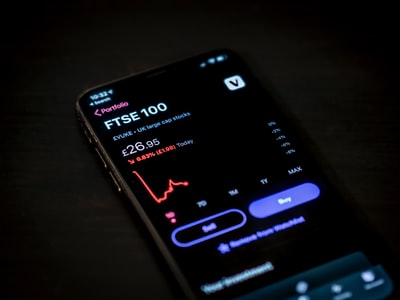 In 1929, America (and the world, as it would turn out), needed a man in charge who could take decisive action to stop the crisis from turning into a devastating depression. Instead, it had Herbert Hoover. He was elected President in the good times of 1928 without ever having run for office before. And when the crisis came, he was much less than equal to the task.
In 1929, America (and the world, as it would turn out), needed a man in charge who could take decisive action to stop the crisis from turning into a devastating depression. Instead, it had Herbert Hoover. He was elected President in the good times of 1928 without ever having run for office before. And when the crisis came, he was much less than equal to the task.
Normally in a guide like this, you’d have a list of the things the person in charge did during the crisis, along with an indication of how well they worked. But in this case there is no list, because Hoover’s approach was to basically do nothing. He was a believer in laissez-faire economics, laissez-faire being French for ‘do nowt’.
* He believed no government intervention in forms such as public works programmes could fix the economy
* He refused to provide any forms of assistance to unemployed people, believing that such things would just make them lazy and unmotivated when it came to finding work.
Actually, he did do a couple of small things, but they either did nothing or made things worse:
* He increased tariffs on imported goods. This just made other countries to the same with American products, meaning export markets were lost.
* He authorized a programme to deport Mexicans, thinking that this would help reduce unemployment.
* He gently tried to persuade bigger banks to lend to smaller ones to re-start the country’s credit system, but they mainly ignored him.

But things got even worse when the economic crisis went international. Remember those loans that the USA started to give to Germany in 1924 (you can find info on them in our guide ‘From German Empire to Weimar Republic’)? Well those loans were cancelled immediately, leaving Germany’s economy completely in the lurch. The European banking system started to collapse as the chain of money-lending that was necessary for them to operate every day broke down. This caused a further drop in demand for American goods abroad, and many American banks with interests in Europe were also badly stung. The crisis turned into a Depression, getting more serious every single year between 1929 and 1933.